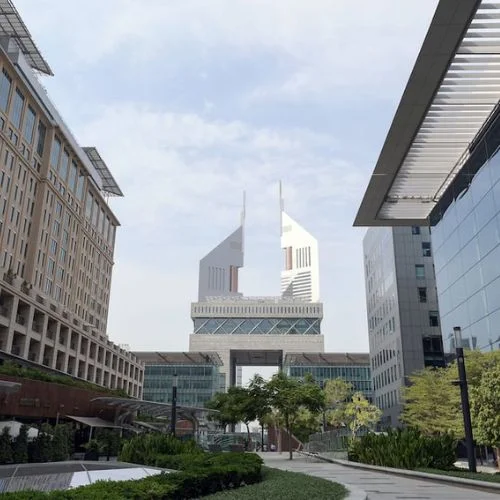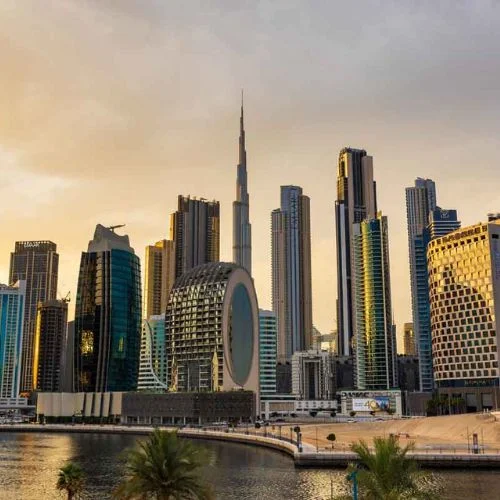India’s wholesale inflation saw an uptick in April, rising to a 13-month high of 1.26% and marking the sixth consecutive month of year-on-year price increases. The rise was driven primarily by surging food prices, which witnessed their fastest increase in four months. Core wholesale inflation, excluding food and fuel, also remained elevated.

While the headline number may seem moderate, a deeper dive into the data paints a more concerning picture. Food articles saw inflation jump to 7.74% in April from 6.88% in March. Prices increased the most for vegetables, potatoes and onions – rising 23.6%, 72% and 60% respectively from last year. This puts further pressure on household budgets in the coming months as retail food inflation is already at a multi-month high.
Fuel and power prices also reversed their deflationary trend, climbing 1.4% compared to a 0.4% fall in March. Diesel inflation eased slightly but remained in positive territory. Crude oil and natural gas prices rose further as well. The end of fuel tax cuts and high global energy costs have meant input costs for industry will keep rising.
Manufactured products saw a more moderate 0.4% price increase after declining 0.8% in March. However, within this category inflation remains elevated for certain items. Food product and beverage prices jumped over 1.2%, while wearing apparel costs surged 2.3% – the sharpest rise in at least six months.
Core WPI inflation, which strips out volatile food and fuel components, held steady at an elevated 10.4% in April. This indicates broad-based price pressures across industry groups. Intermediate goods used to produce final products saw 12.5% inflation, maintaining heat in producer costs.
The outlook on the wholesale as well as consumer inflation front appears increasingly clouded. With the Ukraine conflict and supply chain issues persisting, global commodity inflation shows no signs of abating. Domestically too, the post-pandemic recovery in demand is coinciding with lingering supply bottlenecks.
Some analysts believe wholesale inflation has further upside risks. Unseasonal rains damaged standing crops in parts of India and could impact food availability. A likely minimum support price hike for kharif crops may keep agricultural prices elevated. Meanwhile, rupee depreciation makes imported inputs more expensive.
The RBI has shifted its stance to ‘neutral’ and projected retail inflation to average 6.7% in 2022-23, outside the 2-6% target range. Wholesale numbers exceeding forecasts add to the case for more rate hikes to tame price rises. However, aggressively raising rates also risks stalling economic momentum. Policymakers face a tough balancing act.
On the positive side, core capital goods inflation eased slightly in April, indicating some cooling in investment demand. This along with high interest rates may help contain broader price pressures. Global commodity prices could stabilize too if recession risks materialize in Western economies.
For consumers, there is little respite from inflation as of now. Essential items like food will likely see costs climb higher. The low-income segments face disproportionate pain as they spend a larger share of budgets on daily necessities. The government may need to provide more support to help the vulnerable cope with inflation.
In conclusion, India’s wholesale inflation accelerating to a 13-month high does not bode well for overall price stability. Upside risks persist due to ongoing global and domestic supply constraints. Rate hikes alone may not tame inflation quickly. Timely policy interventions are required across various fronts to ease inflationary headwinds. The road ahead remains bumpy where inflation is concerned.















